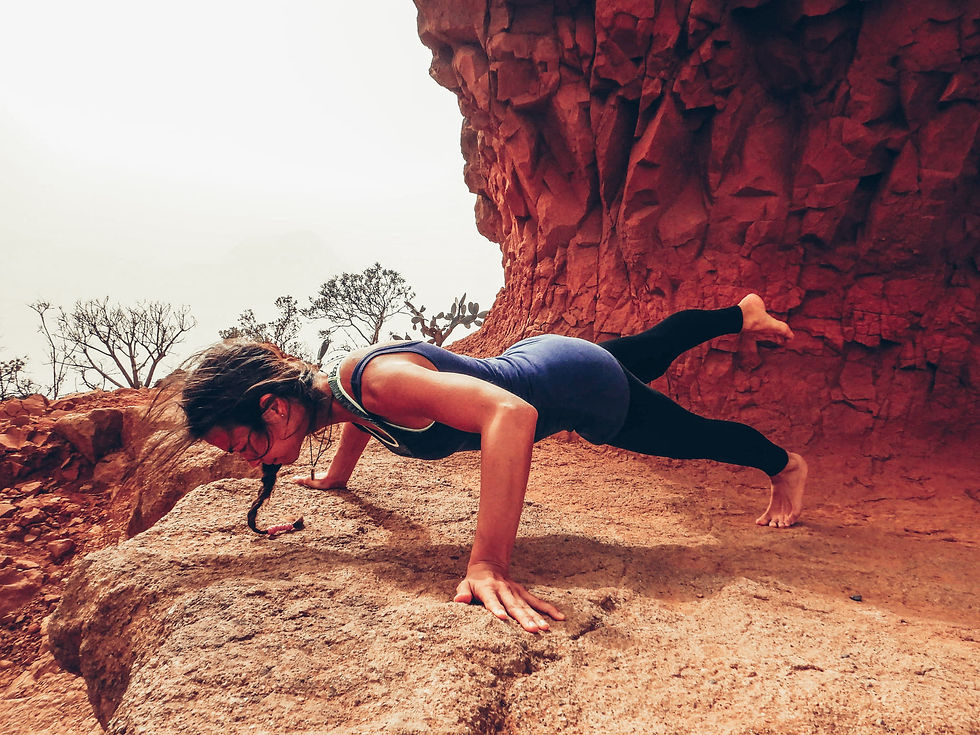How to make the Yoga practice more Accessible & Comfortable
- DeyanaGeorgieva

- 16 avr. 2020
- 2 min de lecture
Dernière mise à jour : 17 avr. 2020
Yoga is fundamentally accessible activity and can be practiced in various ways and places, as well it does not require much of equipment. However, there are some basic props we can use to get the most of our practice. These can also help to make some asanas more attainable for those with limited mobility.

Each asana can be performed in different variations depends of the level and be aid from props.
1) Yoga mat - a non-slip mat is especially useful in our practice. As well mark a personal space around us giving additional comfort.
Lightweight mats designed for travel usually start around 1.5 millimeters. A standard mat is about twice as thick. Individuals with back or knee pain might prefer a thicker 4 to 5 millimeter mat, but thicker mats may make balancing poses, such as Tree or Half-Moon, more difficult.
Make a sustainable choice by checking the material of the mat and where come from (as longer distance need to travel to you as more resource are used).
2) Yoga block/brick - often used in seated asanas to elevate the hips and move the lower back into a neutral alignment. In standing postures is used to place the hand on if it does not reach the floor. It can also be used in more supportive manner: placed under the sacrum in Shoulder bridge pose to support the lower spine or under the top of the head when in a Wide-legged forward bend to support the neck.
Be aware the terms yoga brick and yoga block are used interchangeably. However, some manufacturers distinguish between them by thickness. A brick may be slimmer, about two inches thick, while a block can be three inches thick or more. The choice is more a matter of preference than a rule. A common way to substitute them, mainly in home environment, is by using books.
3) Yoga belt - depending on how it is used, can either assist in stretching muscles further or can support the body. Easily can be substituted by scarf.
4) Blanket - can be used to provide padding for the body (ankles, knees, lower back, neck) in different asanas, or warmth in relaxation poses.
5) Wall - can be useful in learning poses that require a good sense of balance (Headstand pose, Half moon pose), providing support and visual line for alignment.
6) Chair - can be useful for those with limited mobility. Many asanas could be performed in a chair, in different alignment but targeting the same benefits.
Enjoy your practice !
Facebook: check here
.
.
.
.
.
.





Commentaires